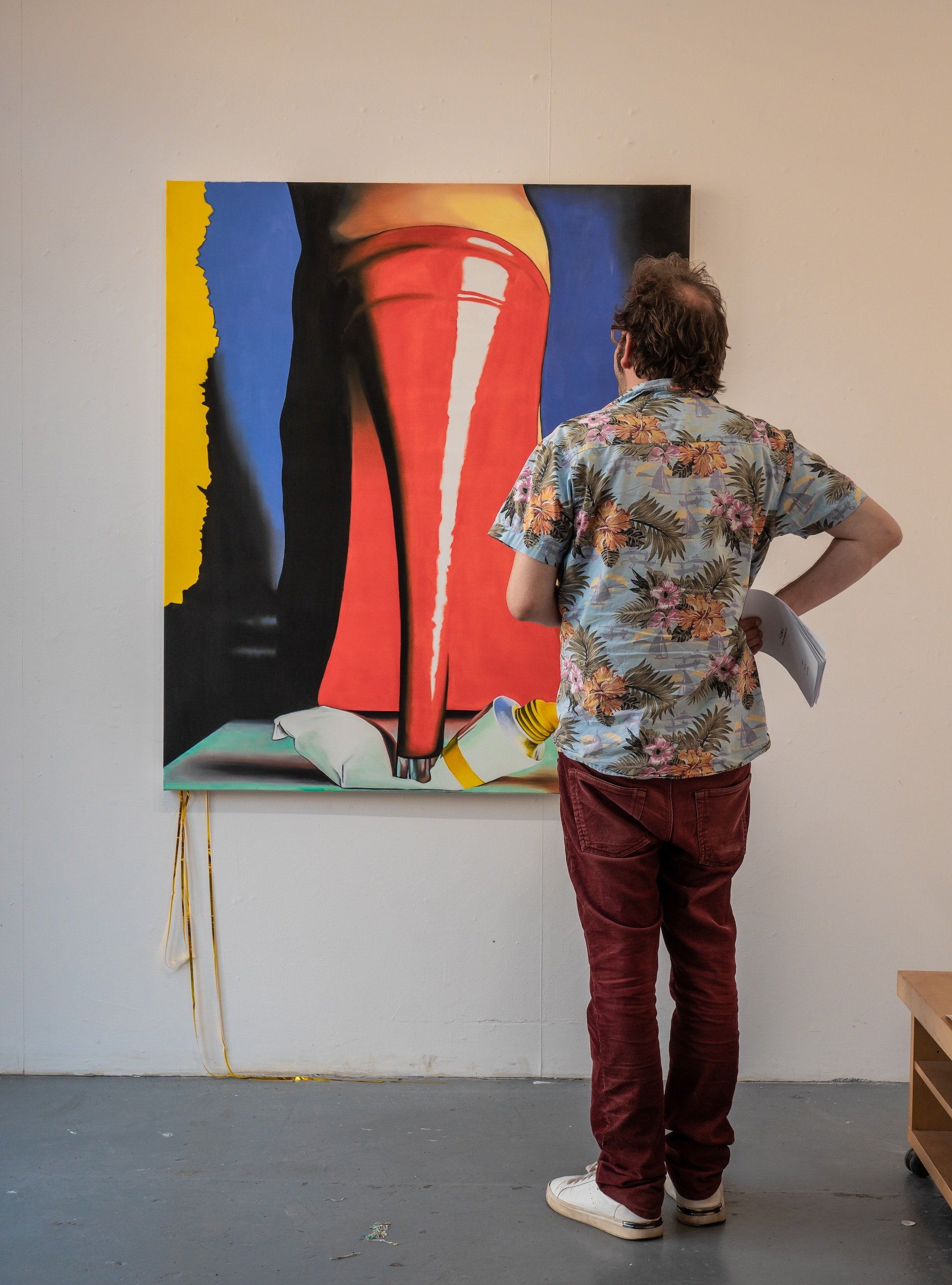Pop Art in the UK
art, learn
Pop Art emerged in England towards the late 1950s as a response to the prevailing North American Abstract Expressionism and the broader European artistic milieu of the time. While Abstract Expressionism disregarded mundane references as a potential threat to artistic purity and autonomy, Pop Art deliberately embraced popular culture and the ordinary aspects of everyday life as its primary sources of inspiration. This movement drew themes and imagery from cinema, television, comic strips, and advertising, all of which were significant components of the emerging youth culture. By utilizing traditional artistic mediums like painting and sculpture to depict motifs from mass media, Pop Art effectively blurred the boundaries between highbrow and popular culture.
In contrast to earlier artistic movements that often had manifestos guiding their practices, British Pop Art did not adhere to a singular unified program. Instead, it defined itself as a diverse group of artists, mostly affiliated with the Royal College of Art in London, who shared common themes and concerns. The artistic approach of British Pop Art was primarily manual, distinguishing it from its North American counterpart, which embraced a more impersonal and mechanized style.
Through its appropriation and recontextualization of everyday elements, British Pop Art drew inspiration from avant-garde movements such as Cubism, Dadaism, and Surrealism, while simultaneously updating the long-established tradition of genre painting. Collage played a pivotal role in connecting the movement to everyday life, prompting reflection on the reality from which the materials were sourced. In British Pop Art, the combination of various elements, techniques, and languages on a single canvas embodied a mixture of fascination and skepticism towards the emerging consumer culture—a culture characterized by the celebration of prosperity and abundance within a context that still bore the scars of austerity and rationing from the war years.
The imagery of popular North American culture served as the foundation for the subject matter explored by British Pop artists. Their artworks captured the changing habits of leisure and consumption, intertwined with cinema, television, and advertising. The iconography of brands and products, including household appliances and cars, as well as the burgeoning fascination with celebrity, were prominent features. Concurrently, there arose a sense of nostalgia in response to the homogenization of industrial production, manifesting as a renewed interest in objects from past daily life, such as artisan toys, signs, and posters for traveling shows. The political climate of the time also found expression in allusions to the Cold War, the space race, the civil rights movement, and struggles for independence in former colonies. Finally, British Pop Art critically examined the representation of women and the stereotypes to which they were subjected in the media. It oscillated between portraying women as anonymous and undifferentiated figures, idealized housewives, or sexualized symbols, and humanizing them as reflections of social empowerment and emancipation.








This show tells the story of Rapha by showing important events from its history, and shares ideas about where cycling is heading in the future.